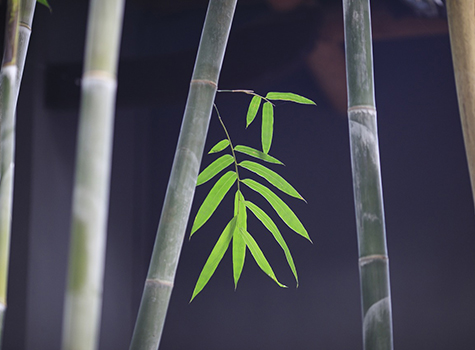
Folk and community dances always have a marvelous way of lifting our spirits with their rhythms, and brilliant costumes. These dances are usually performed in groups to highlight the social nature of such dance forms. There are many differences between classical, folk and community dance styles. Classical dances tend to be subject to a defined order, pre-set form, specific hand gestures, and explicit footwork. Most of these dances have to follow the rules and regulations established by the Natya Shastra tradition.
On the other hand, folk dances are very spontaneous, high energy, and allow much more flexibility in choreography. However, community dances are not choreographed dances and are less orderly. They are also the creation of people’s imagination and desire to bring communities together through music, dance and celebrations. People of all ages, girls and boys, men and women, young and old come together to celebrate seasons, weddings, festivals, just mention a few. They have a sense of freedom, with regional affinities and differences embodying within each material outward manifestation, a warmth of expression, and a charm and beauty that are very refreshing by their untutored and untrained quality.
One of the examples of community festival dance is the Ratha Yatra, a chariot festival. My sister lived in Puri, Orissa. Here the festival holds immense significance among the Puri locals as well as other pilgrims and devotees. The chariots on which the deities are taken to the temple are massive pieces of art that are adorned with numerous designs, flowers & patterns. During this festival, people dance, and sing, accompanied by musical instruments. Many other cultures practice across in the same way in several parts of the world, such as Asia, Europe and South America. Some of the countries that celebrate similar festivals are Armenia, Greece, Peru, Argentina, Italy, most of the South America and so on. Many also carry Mother Mary during these processions.
This year during Dances of India production, we highlighted a community dance called Bathukamma. This is a floral festival celebrated by the families of my home state Telangana, in South India. Mostly women celebrate this festival. I remember as a kid, decorating these flowers in a stack, arranged with different unique seasonal flowers most of them with medicinal values, in seven concentric layers in the shape of a temple peak called Gopuram. In Telugu, ‘Bathukamma’ means ‘Mother Goddess come Alive’. While singing traditional songs, everyone would gather in a circle around the flowers to clap while dancing. Sometimes, younger girls will use short sticks too like Raas dance from west of India. After dancing with my mother, neighbors, family, and friends and after all the festivities are completed, we took those flowers to the lake to be floated away. It is an amazing view to see all these flowers and candles floating on the water.
Another unique community dance is called Lezim dance. This fascinating rhythmic dance is performed with a Lezim or a small mallet. This dance is most popular in Maharashtra, and one can see it during festival times, performed in public squares and along the streets with processions. Groups of young boys and girls holding these Lezims in their hands do a very fine series of figure movements while they make sounds with the Lezim to the accompaniment of the drums. This is not an easy community dance. Our hands can tired easily.
Folk and community dances do not display an inclination towards a rigid form, instead the whole depiction of folk and community art is guided more by the subject of the songs that glorify nature and its seasons, or express traditional occupations or in praise of deities. This untutored quality is very refreshing and charming. In folk and community dances, we find the true urge of the people in general that has come down through the ages by way of actual performance and remembrance of song and motif. Its survival was unsupported by the written word, and was stabilized because of its tremendous sociological impact and basis. Through these arts, and customs, many traditions have been established. People were brought together to celebrate life in its many forms.
With national consciousness of the arts growing from day to day, many of these beautiful expressive dances are coming to urban and international audiences and being received with enthusiasm and success, they deserve. Now they are taking their rightful place along with the classical dances in the furtherance of our cultural heritage. There is more demand for precise movements, coordination among dancers, formations, costume color coordination, and exotic jewelry, along with heavy drumming and other percussions supporting the music.
I am not sure if we are just taking these folk and community dances to another level or are we losing the freedom these dances provide to enjoy and participate without any formal training. However, it is wonderful to see certain dance forms like Garba, Bonalu, Bathukamma, Bhangra, etc., are still a large part of our social interaction among all ages.
———-
For questions or comments contact Maha via e-mail at: [email protected]
Posted: Monday, June 11, 2018



